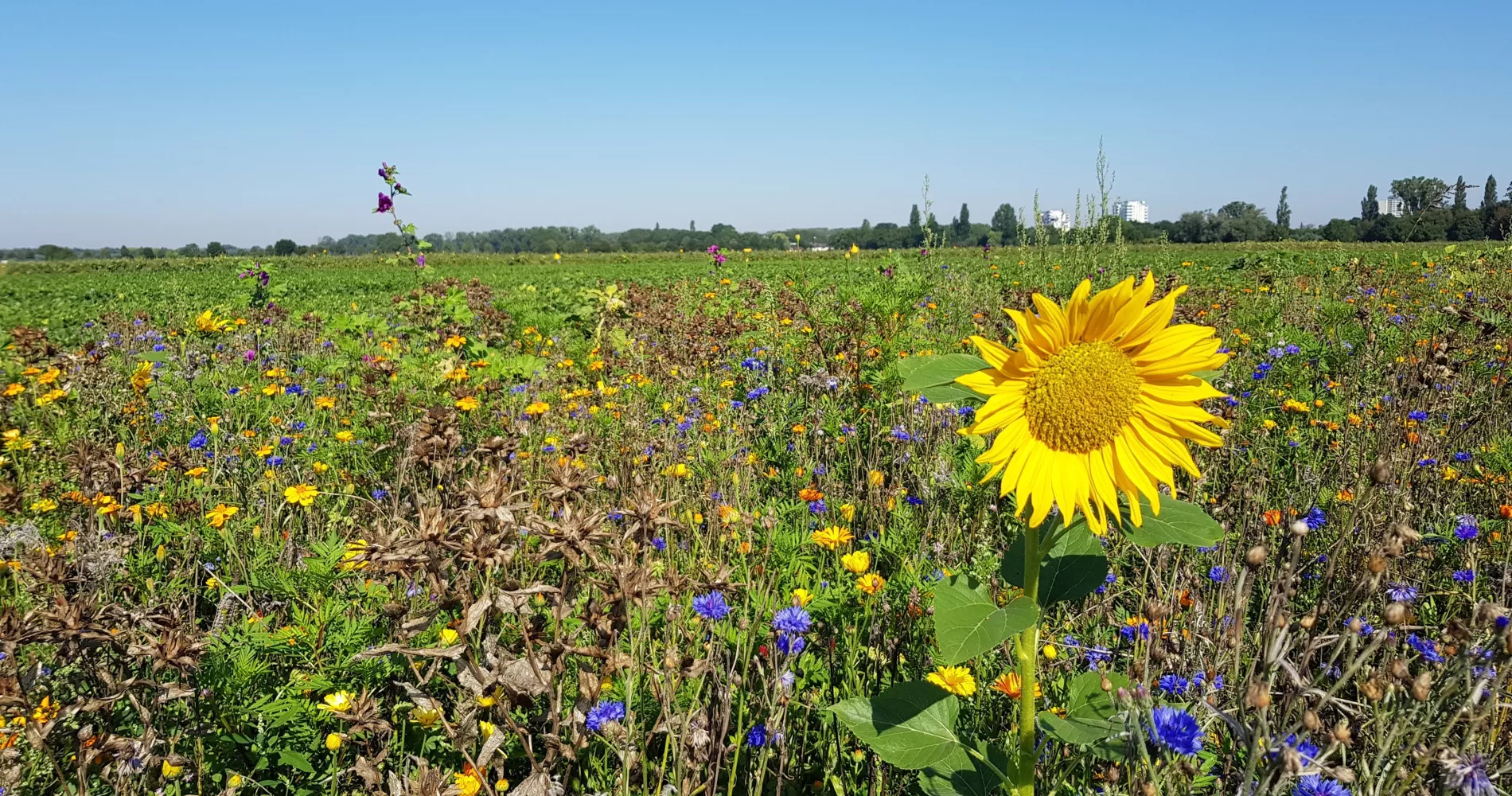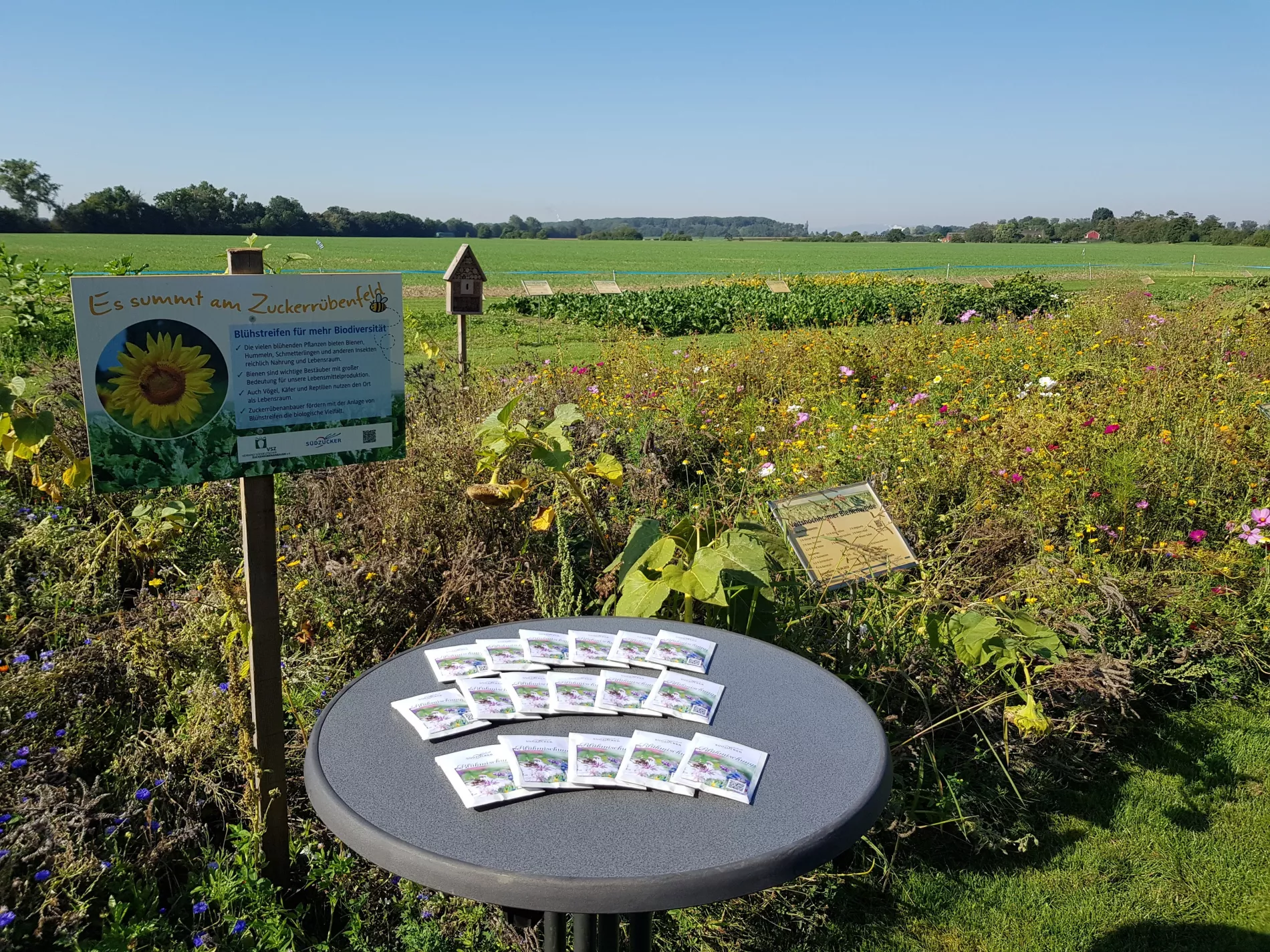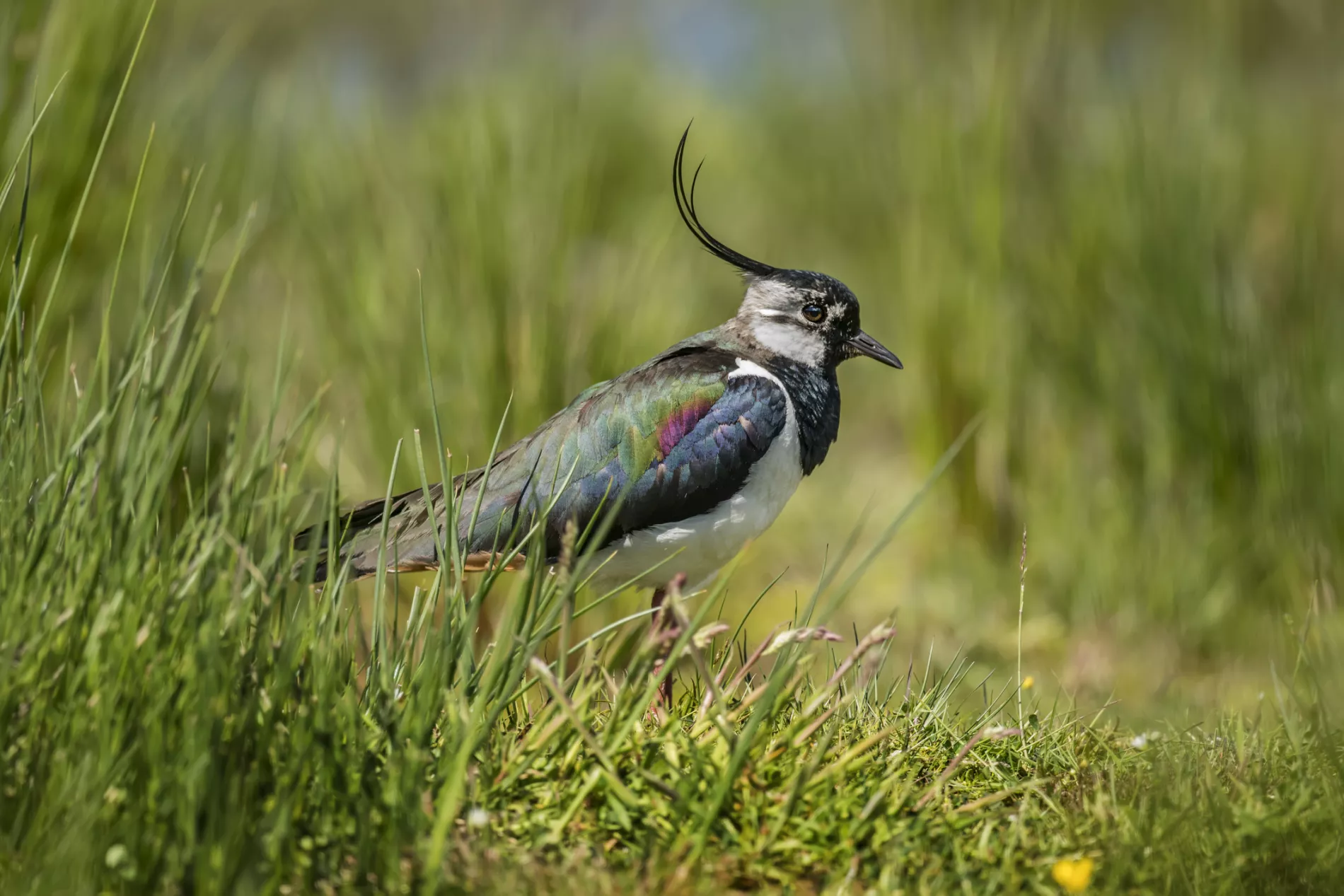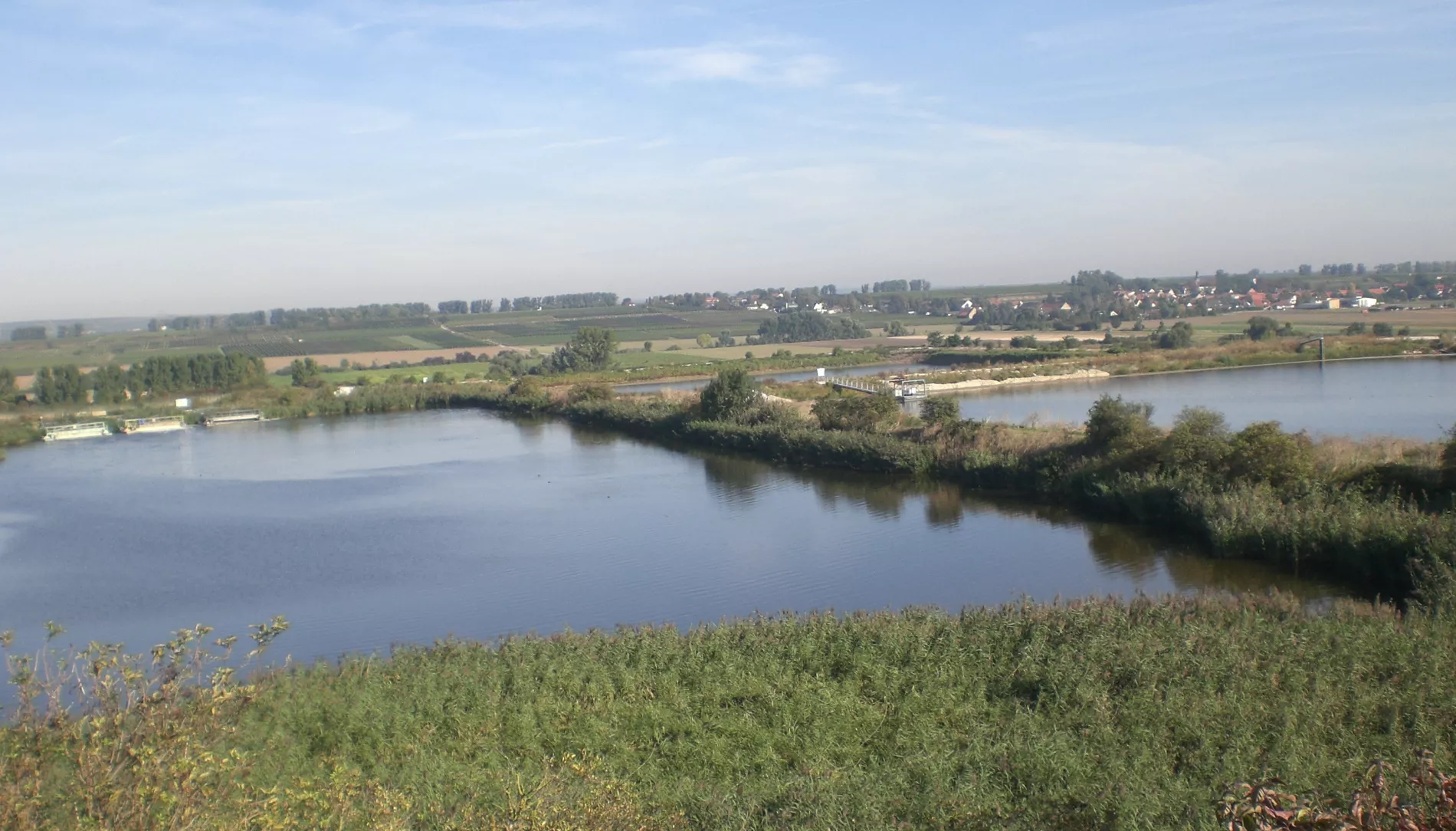
Biodiversity
Biodiversity
Agricultural raw materials for Südzucker's production are grown annually on some 450,000 hectares. It is important to us to ensure that crop rotation is maintained on these areas - after all, it can make an important contribution by providing habitat and soil health.
We initiate and support various measures to promote biodiversity: flowering strips at the edge of sugar beet fields use insects, birds and small animals, while at the same time creating a more attractive landscape. As an alternative to catch crops, we provide seeds for flowering mixtures in Austria and promote active bird protection at our Offstein site in Rhineland-Palatinate.
It blooms and hums at the edge of the field!
For some years now, we have been providing our sugar beet growers in Germany, France, Belgium and Poland with seed mixtures for flowering strips at the edge of the field free of charge. More than 1,300 growers are now taking part and using part of their cultivation area to create the flower strips.
This not only considerably enhances the landscape, but also creates habitats for insects, birds and small animals. The ecological effects are being investigated by the Mannheim Institute for Agroecology and Biodiversity and the project is being scientifically monitored.


Lapwings love turnips
As a typical meadow-breeder, the lapwing requires wide open areas with short vegetation for its nest location. This is one of the reasons why it is often found in summer crops (especially sugar beet and corn), where it finds shelter in the shade of the leaves.
The cultivation of a sugar beet field is well suited to the lapwing's needs, as the mechanical operations on sugar beet fields are usually completed before the start of its breeding season. Crop rotation including sugar beet helps to ensure the survival of the lapwing.
Ponds as bird sanctuary
The sugar beet consists of about 75 % water. Accordingly, a large amount of water is produced during sugar production, which is cleaned and introduced into clarification ponds. The clarification ponds at our sugar factory in Offstein, Rhineland-Palatinate, have been an officially recognised bird sanctuary since 2005 and are important for the biodiversity of the region.
Some 115 species of birds nest, breed and rest on the approximately 65-hectare area - the equivalent of about 80 football pitches. Among them are rare species such as the Little Ringed Plover, the endangered White-starred Bluethroat or the Marsh Harrier, which lays its eggs in the reeds at the edge of the ponds. A successful example of how industry and nature conservation can also cooperate successfully.
